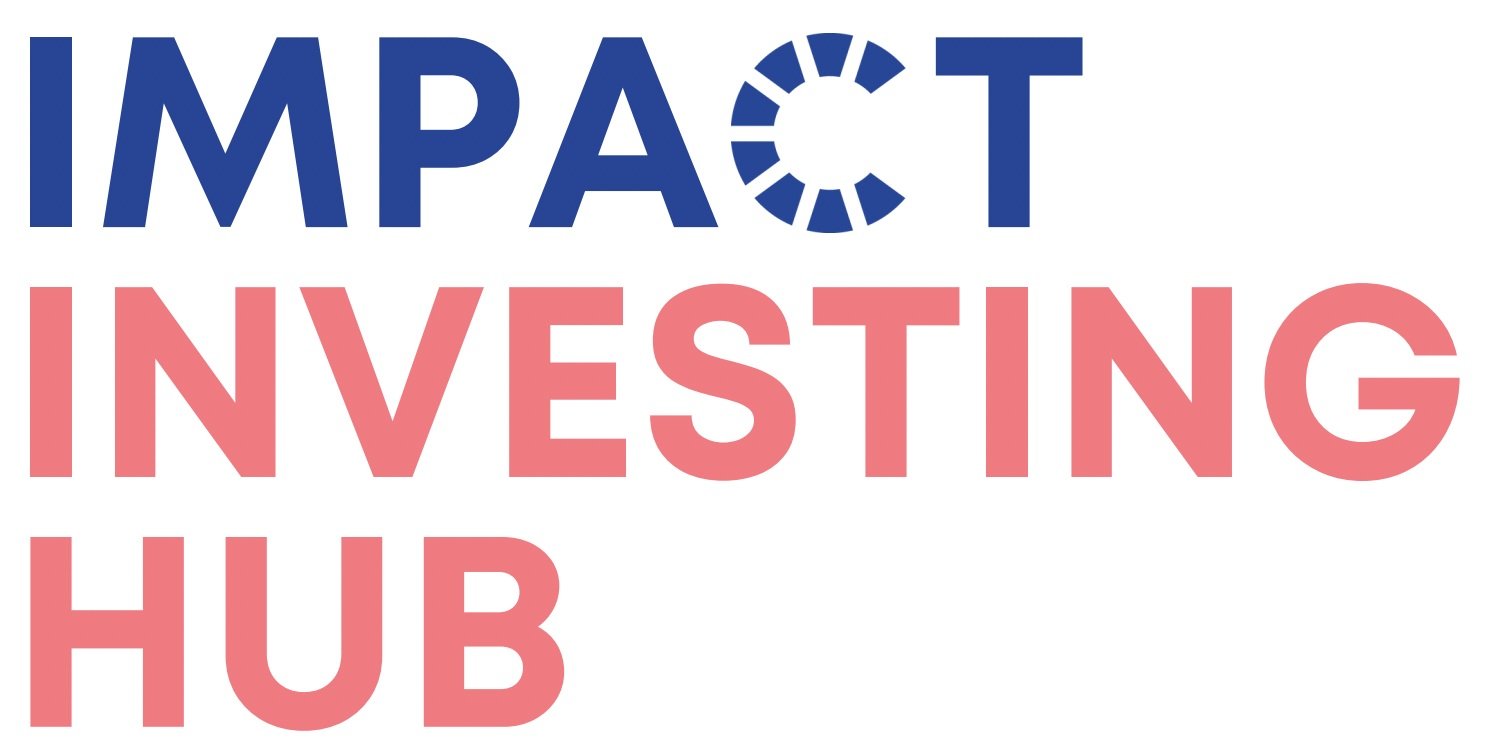4 Ways for NFPs to Diversify Income via Impact Investing
Many not for profits are considering the role of impact investment in diversifying their revenue streams. However, it can be a confusing landscape to navigate with questions around whether impact investment is right for you and what are the key considerations in determining which path to pursue.
Many not for profits are expanding their horizons beyond the usual government grants and fundraising to increase revenue and maximise their impact.The 8th edition of the ACNC Australian Charities Report published in June 2022 shows that across the charity sector, just under half of sector revenue is currently sourced outside of the Government (49.6%), with around one third (32.5%) being generated by providing goods or services. While a redesign of your income streams feels like a vast task, you can get started by reimagining the delivery of the services and support you provide and considering whether there might be new forms of capital to enhance them.
Impact investing is rapidly growing with the global impact investment market sized at $715 billion in 2020 (Global Impact Investing Network). It could provide not-for-profit organisations with an opportunity to diversify revenue streams and a new way to amplify organisational impact. However it is not a panacea, and it is important to consider the options carefully, while keeping your mission and strategy at the fore. Below are four different ways NFPs can participate in the impact investment market.
1. Set up your own impact investment fund
When traditional approaches are not, by themselves, enough to solve the world’s social and environmental problems, this may mean you need to look outside the box and find new sources of funding for social innovation and leverage private sector investment to support this process.
In an Australian-first for an aid organisation, Save the Children launched an impact investment fund, aimed at supporting enterprises that emphasise social innovation and address pressing social and humanitarian issues. The Save the Children Australia Impact Investment Fund reached a first close of $6m with QBE as an anchor investor, and has made four impact investments to date.
Good Return is another great example, winning the 'Impact Market Builder of the Year' Award in 2021. The Fund is now fully subscribed, recently securing investment and capacity building grant funding from Macquarie Group Foundation. The Fund invests in small to medium businesses focused on enabling economic empowerment and reducing poverty.
2. Use debt to scale your impact
Debt financing is one way a not-for-profit can enhance its financial position and scale its impact. For Corryong Neighbourhood Centre, when the bakery next to the centre went up for sale, the coordinators saw an opportunity to diversify their income stream through sustainable trade. With support from Social Enterprise Finance Australia, the coordinators drew up a business plan for transforming the bakery and secured debt finance to buy the property. With a new fitout, menu and more than 10 staff, the bakery started trading under a social enterprise as the Upper Murray Community Bakery where all profits were returned to the community.
The 2021 'Impact Enterprise of the Year' was Jigsaw, a social enterprise that provides an innovative pathway to open employment for people with disability. After successfully operating hubs in Sydney and Brisbane, Jigsaw raised capital to expand its ‘prepare for work, through work’ model to six national hubs, and further develop Jigsaw Connect, which transitions job ready candidates with disability into open employment.
3. Set up a social enterprise
Setting up a 'sister' social enterprise is another way to diversify your not-for-profit's revenue streams, like ForPurposeCo is for OzHarvest. The core mission of ForPurposeCo is to create innovative profit-for-purpose driven initiatives that will ultimately allow OzHarvest to sustain its important work within the community. Setting up a social enterprise arm, either adjacent to or as part of your not-for-profit, can not only diversify revenue streams but also provide new innovative ways to supplement traditional service delivery mechanisms leveraging a wider range of stakeholders to support the mission. One of ForPurposeCo's flagship projects is Juice for Good, which transforms unloved oranges into fresh, chilled juice. Diverting oranges from landfill is helping to deliver on OzHarvest's mission to reduce food waste.
4. Create a social impact bond
Social impact bonds (SIB) are gaining momentum in Australia. As a funding mechanism to enable social service providers to enter into outcomes-based contracts with government, social impact bonds can be useful for bringing much-needed financing to support innovative ways of delivering social services. Social Ventures Australia have helped intermediate many social impact bonds across Australia, including the first SIB addressing homelessness, the Aspire Social Impact Bond, and Australia’s first social impact bond with Uniting, the Newpin Social Benefit Bond.
Source: Social Impact Investing Taskforce, Interim Report, December 2019
Impact investing is not an immediate solution that can fill critical gaps in charity income. However given significant uncertainty, it is worthwhile considering creative ways of working and leveraging capital, and ways to participate in the impact investment market.
If you’re interested in learning more about impact investing as a non-profit or social enterprise, Impact Investing Hub run a series of education events through out the year. Join our community to find out more.


